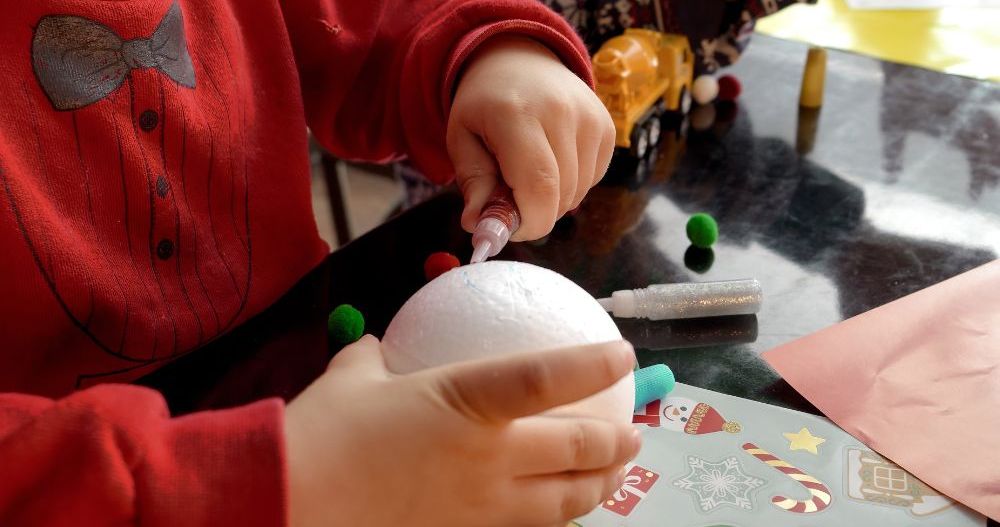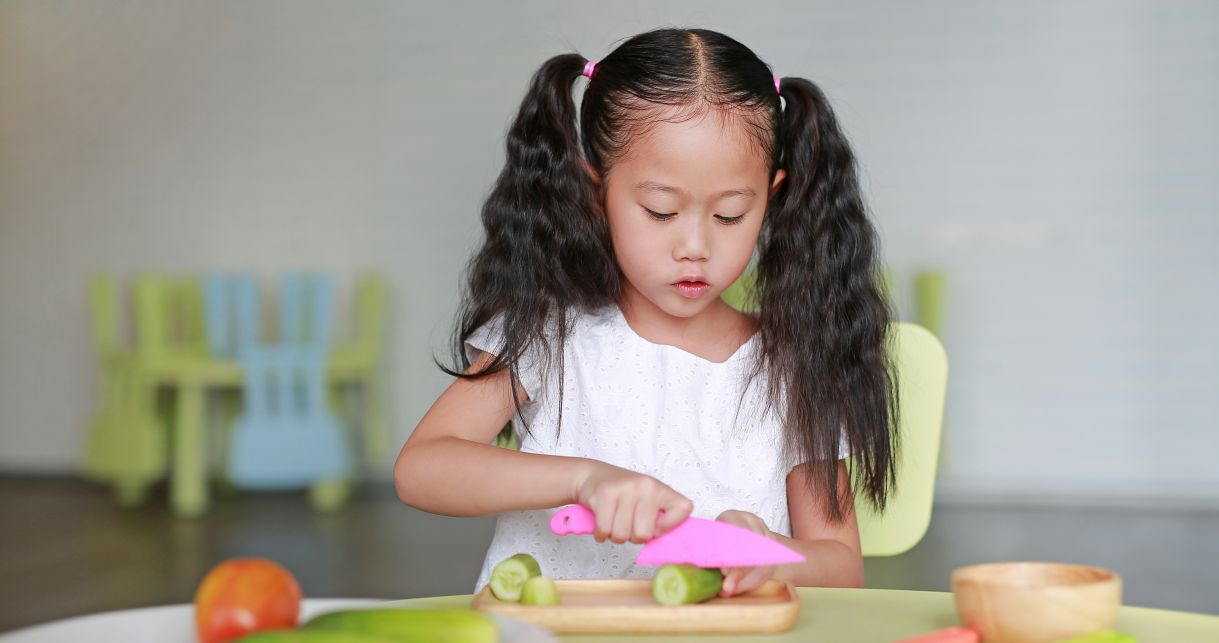min read
min read
min read
min read
When to start weaning is often the first query many new parents have.
Lisa Denehy, Busy Bees’ Head of Catering shares some insightful advice on recognising when your little one is ready to embark on their exciting journey with food, as well as her top five weaning tips to help you and your baby.
Every baby develops in their own time but according to NHS guidance, your baby should be able to:
We are all different - we don’t all like the same foods, or enjoy eating them in the same ways, and the same can be said for babies embarking on their weaning adventure.
There are different weaning methods to consider, each with their own benefits. You may wish to discuss this with your health visitor in more detail if you are unsure which weaning route to take.
Traditional weaning – offering your baby pureed, mashed, or chopped foods and spoon-feeding them.
Baby-led weaning – allowing your baby to feed themselves from the start, starting with finger foods.
Combination – choosing elements of both where you include some finger foods alongside pureed or mashed foods.

Include a variety of tastes and textures. To start with, you may find your baby may only eat small amounts and that’s ok! Having had milk as their only taste for their first six months, it’s going to be a slow process.
Once you’re a little further into whichever weaning method you’ve taken, try to include foods with more lumpy textures as soon as you think they’re ready, as otherwise, your child may reject them later down the line.
Choose a time when there will be few distractions for your child, and you can focus your attention on making the meal a relaxed and social occasion.
Babies and children pick up on feelings like stress or anxiety, which may mean they’re more reluctant to eat. Give your child lots of encouragement and praise, while trying to stay positive (even when most of your lovingly prepared food ends up on the floor!).
From the very beginning of your child’s weaning journey, try to introduce the idea of mealtime as a social family event.
Even if you are feeding your child at a time of the day when you wouldn’t normally eat, have something small alongside your baby. This not only creates an opportunity for bonding, but also, by watching you eat, they learn how to do so themselves.
Mealtimes are also a great opportunity to support your child’s developing communication skills. You will be able to share plenty of eye contact as well as talk to your baby. When you have said something, pause and wait for your baby to communicate, such as a babble or a gesture.
Involving your child in preparing a meal together can start right from the word go! Why not allow them to take a spoon from a pot on the table or, if you’re following baby led weaning, let them select finger foods to put on their plate from a serving plate.
Alternatively, if you’re following the traditional weaning method, let your child have a spoon as well – this supports their fine motor skills. As your child gets older and their independence develops, they can become more involved.
Weaning is a messy business and just like any skill, it will take time for your baby to learn. If you’re concerned about your carpets, clothing, and surfaces, think about how you can protect them - with a full-length bib, or a floor mat.
This allows you to focus on offering a positive weaning experience and lets your baby enjoy exploring new tastes and textures.

It’s important to remember that each child develops at a different pace, so what works for one baby may not work for another. So, do what works for you and your child.
We’re proud that the menus we offer are accredited by NHS Startwell, and NHS weaning guidelines are followed in our nurseries. Your centre director and your child’s key person can support your baby’s mealtime needs and their weaning journey.
You can read more about how we support and promote healthy eating within our nurseries by reading our Eating Well page, where you can explore the wide variety of food options available and read our NHS-accredited menu in full. Take a look at our blog on Supporting Positive Eating Habits for more tips and advice.
If you’re an existing Busy Bees parent, don’t forget to check out UP at Busy Bees – Unleashing Potential for more advice and baby-led weaning recipes.
by
Published: 23/09/2022
Share Blog

by Busy Bees 01/12/2025
5 min read

by Busy Bees 01/12/2025
5 min read

by Busy Bees 27/11/2025
6 min read

by Busy Bees 25/11/2025
7 min read

by Busy Bees 19/11/2025
6 min read